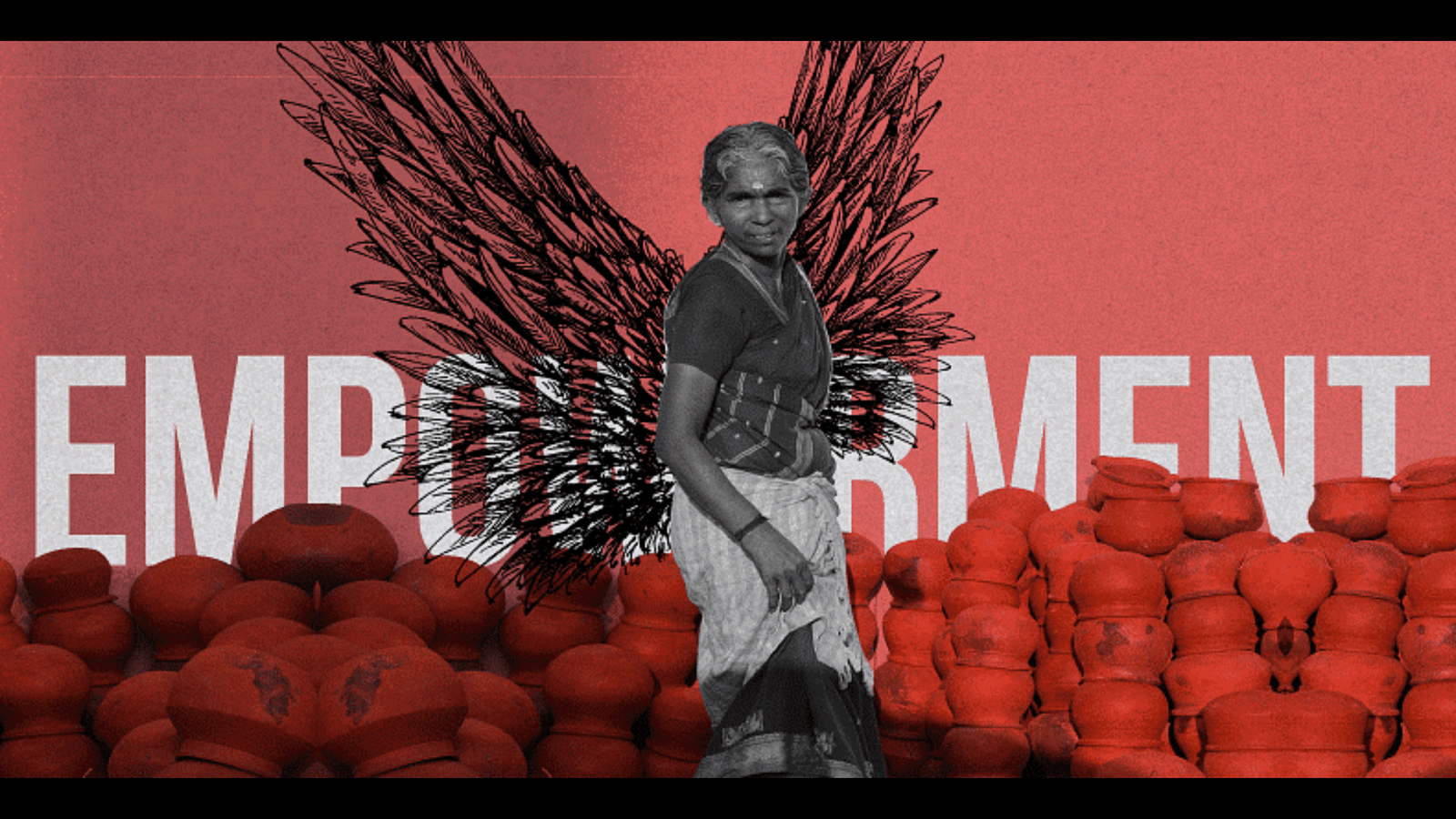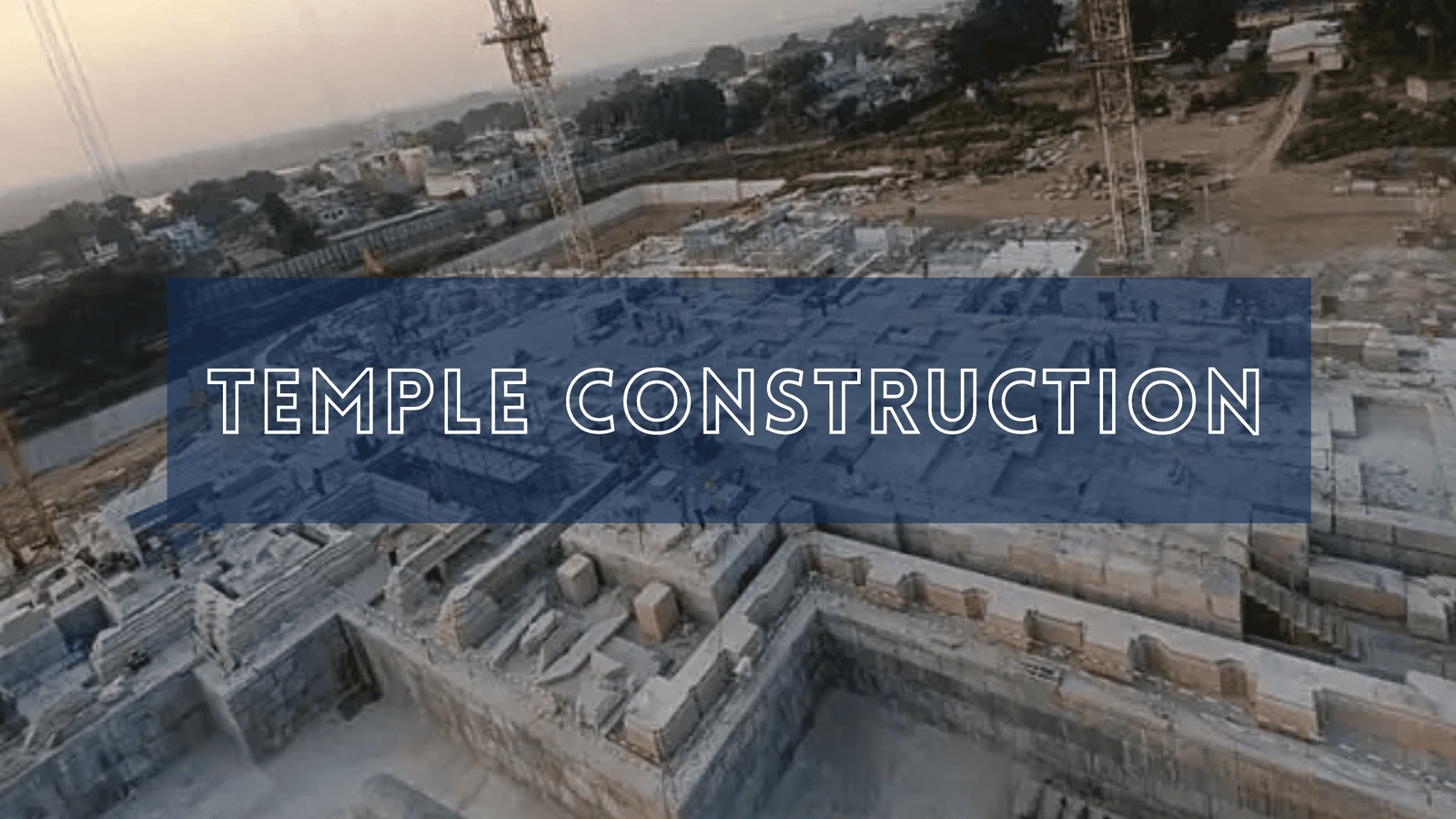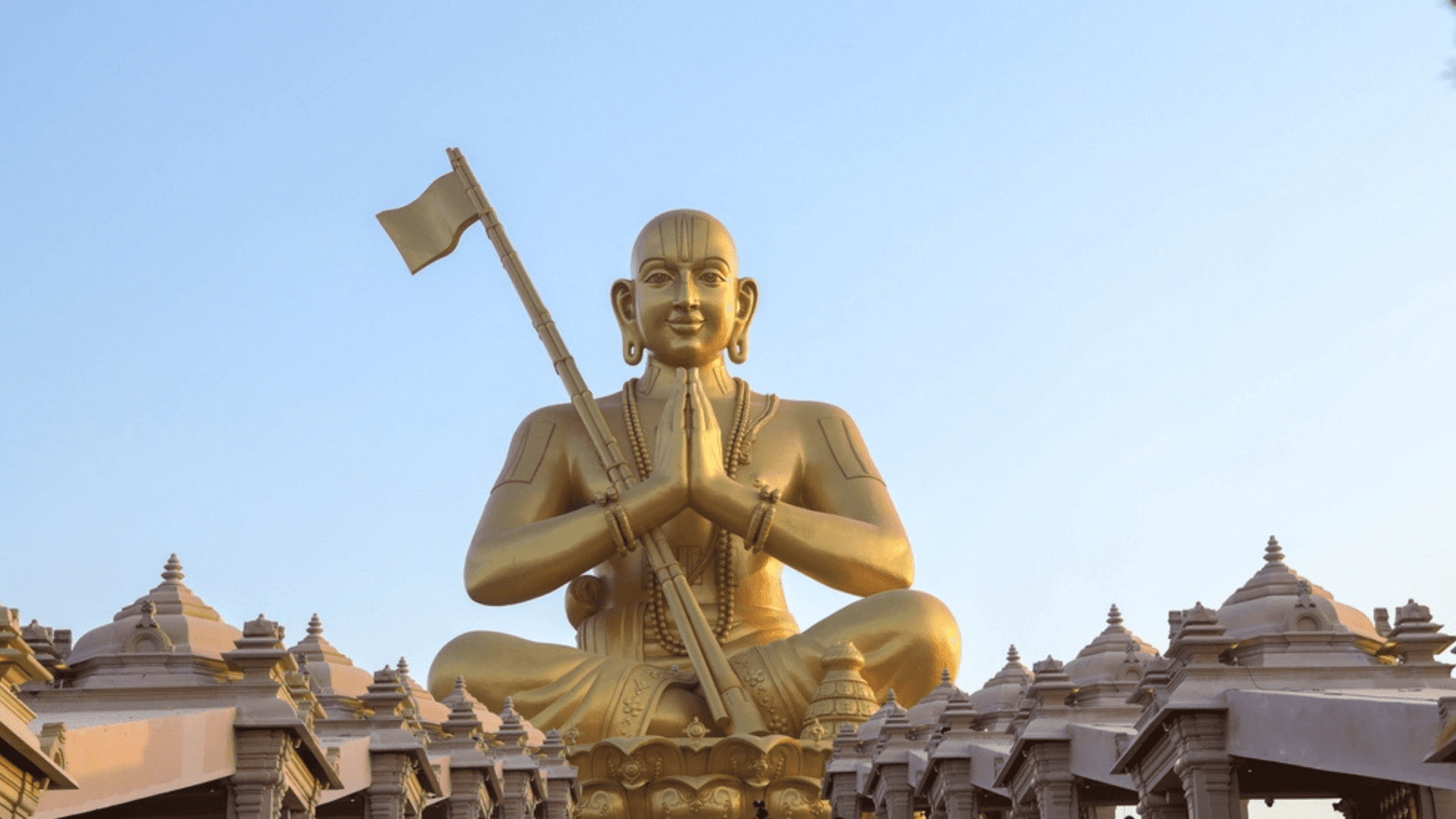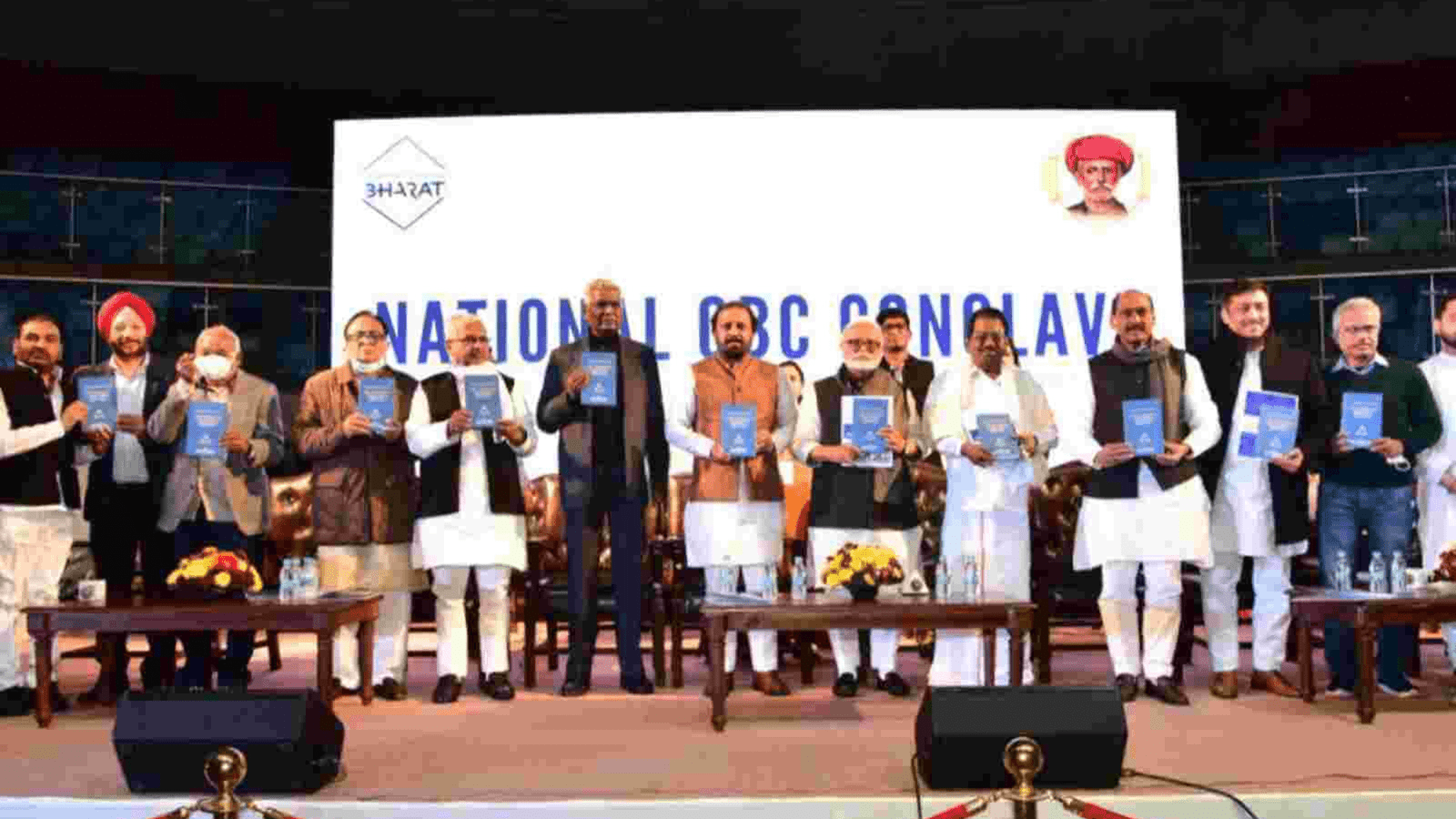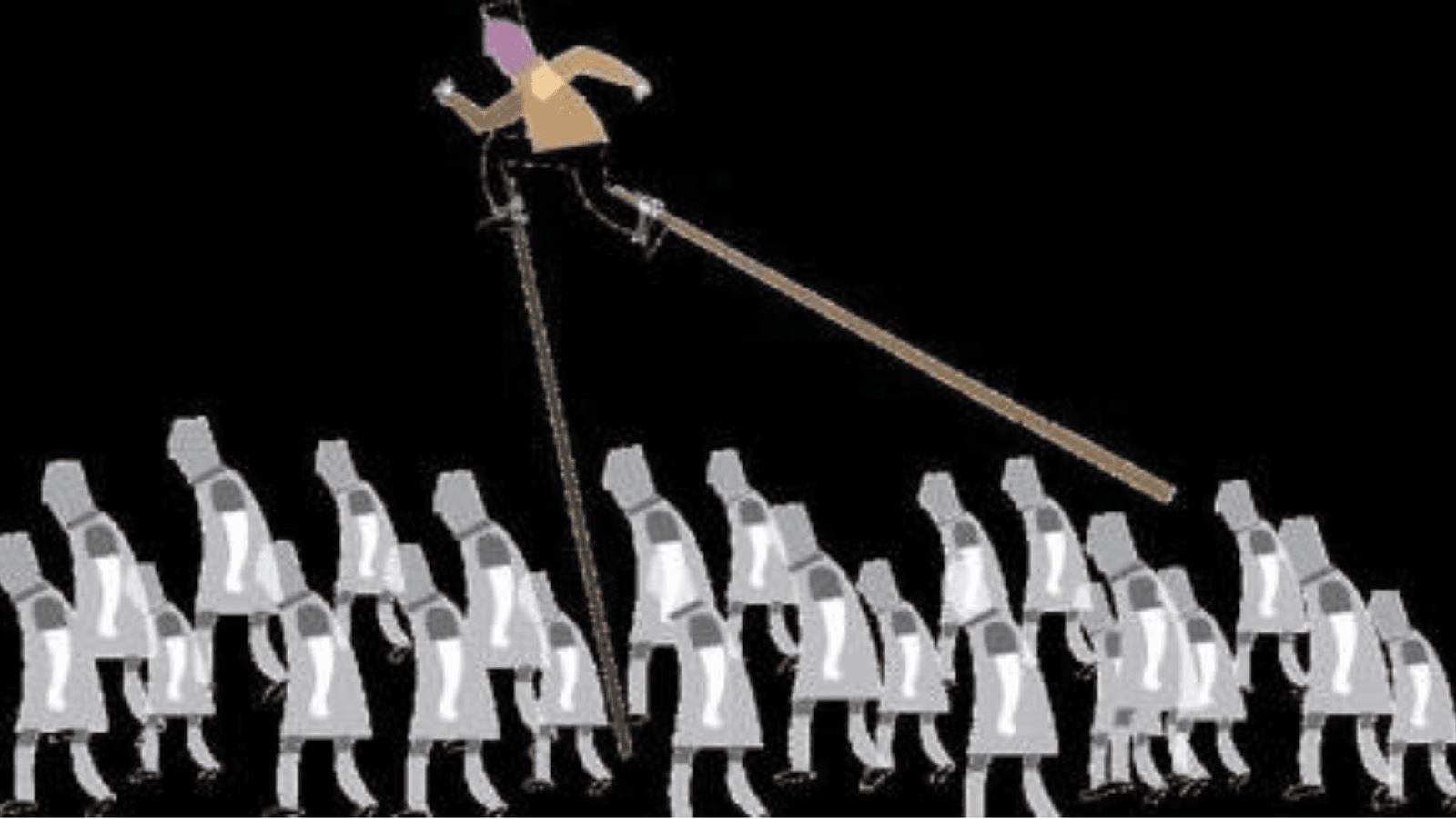
For the first time since Independence, an entirely new electoral prospect has been consolidating itself. This phenomenon can be conceptualised as the political irrelevance of Muslims. It came to life with the 2014 general elections, though some might drag it back further. Its implications, serious in any case, have become even more so after the Ayodhya judgment of the Supreme Court.
The Court has held Hindu mobs responsible for an egregious violation of the law on December 6, 1992 — when they destroyed the Babri mosque — but deploying the kind of legal reasoning that frustrates non-specialists of law, it has handed over the site, where the erstwhile mosque stood, to the Hindu community for the building of a Ram temple. In a display of religious equidistance that marks Indian secularism, the Court has also allowed a mosque to be built on a plot twice as large as the original site. But those who destroyed the mosque, according to India’s highest court, now have the right to construct a temple in its place.
If the Court intends to draw a distinction between the law-breakers, who ought to be punished, and the larger Hindu community, whose wishes should not be denied, it can still argue it has not abandoned the idea of justice. But given its lack of resolve to confront electorally enabled power, one cannot be too sanguine about whether it would punish those who violated the law but are currently in power. How the Court actually pronounces on the culprits of December 6, 1992, will, therefore, be carefully watched.
Admittedly, some Muslims will not mind the judgment, thinking it ends a seemingly interminable period of painful contention and provides an opportunity to move on. But many are likely to feel doubly marginalised. They are being made electorally irrelevant, and even the judiciary has not sufficiently protected them.
Two points should immediately be noted. First, in the 1940s, Jinnah’s argument for partition was precisely that democracy in a Hindu-majority India would serve the interests of Hindus, not of the Muslim minority. The argument was wrong, as both Nehru and Ambedkar painstakingly demonstrated. It is ironical that the argument, false then and for decades later, is starting to acquire credibility now, for the system after seven decades is threatening to generate Muslim helplessness. The trend is still not irreversible, but it is dire.
Second, a lot of democratic theory, and much of modern democratic practice, envisions the judiciary as a counter-majoritarian institution. In a multi-ethnic, multi-religious democratic polity, the electoral process can easily begin to reflect the wishes of the ethnic or religious majority. But the judiciary’s functioning is fundamentally based on constitutional principles, not the wishes of the majority. If the judiciary only replicated what governments, legislatures or political parties based on electoral victories did, we would not really need it as a separate and autonomous institution. That is also why minorities in a democracy have often looked up to the courts for protection, when popular electoral currents go against them. A small fraction of political/legal theory does say that courts could endorse majoritarianism, if it was legislatively approved, and some courts have historically done that. Legally, Blacks suffered a lot — and for decades — in America’s South. But most theorists would prescribe to the judiciary a majority-constraining role, should the majority or its representatives cross legal lines. A Hindu temple on the contested site after a mosque’s destruction departs from the principle of judicial counter-majoritarianism.
The distinction between the electoral and the judicial, towards which the SC judgment is pushing us, requires further elaboration. Let us begin historically.
Should India treat its Muslims the same way as Pakistan was dealing with its Hindus? This question repeatedly arose in the early years of freedom when India’s Constitution was debated. Supported by Ambedkar, Nehru argued: “Whatever the provocation from Pakistan and whatever the indignities and horrors inflicted on non-Muslims there, we have to deal with (our) minority in a civilised manner. We must give them security and the rights of citizens in a democratic state. If we fail to do so, we shall have a festering sore which will eventually poison the whole body politic.” Earlier, critiquing Jinnah, Ambedkar argued that constitutional and institutional safeguards could easily be devised to check majoritarianism and protect minority rights. That Hindus are a majority, said Ambedkar, does not automatically lead to Hindu rule.
India’s Constitution thus developed a charter of minority rights — educational, cultural, religious — and gave no special privileges to the Hindu majority. Secularism came to be defined not only as equal rights for all, regardless of religious affiliation, but also as comprising special minority rights on the assumption that minority numbers alone would not allow them to protect their interests in a democracy.
This constitutional settlement was further bolstered by the electoral realities of India. Until 2008, 81 parliamentary constituencies of India were more than 20 % Muslim (including 10 that were Muslim-majority) and 126 seats were 10-20 % Muslim. Thus, in 38 % of parliamentary seats, Muslim voters could play an important role. Even if mainstream politicians had anti-Muslim feelings, these electoral realities would partly check them. The 2008 redrawing of constituencies has most probably not significantly changed Muslim proportions.
This long-lasting electoral logic was fundamentally altered in 2014 and 2019. The BJP came to power with only 8 % of the Muslim vote each time, an outcome inconceivable under the earlier electoral calculus. The key to this transformation was the consolidation of the Hindu vote. The BJP received 37.4 % vote in 2019; roughly 35 % was Hindu. Compared to 2014, BJP’s vote went up in all caste categories, including Dalits. Muslims can play an important electoral role only if the Hindu vote is sufficiently caste-cleaved. Analytically, Hindu consolidation and Muslim irrelevance are two sides of the same electoral coin.
If Hindu consolidation goes further, Muslims will become electorally even more irrelevant. We can’t still be sure this would happen. But even if Hindu electoral consolidation remains at the current level, India’s Muslims would need the judiciary’s counter-majoritarianism to safeguard their interests. If the judiciary bows to the executive and legislature, supporting majoritarian logic, Jinnah’s fears will be affirmed, Ambedkar’s constitutional optimism nullified, and Nehru’s prediction about a “festering sore” might also come true. Production of Muslim helplessness is most unlikely to strengthen India, or its polity.
